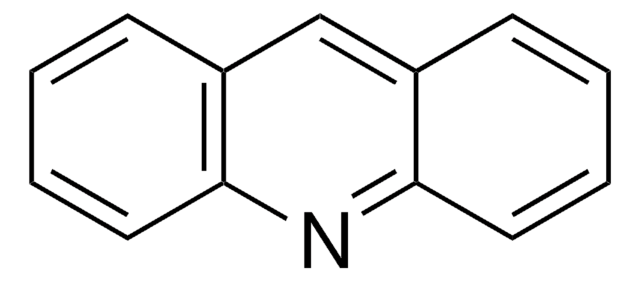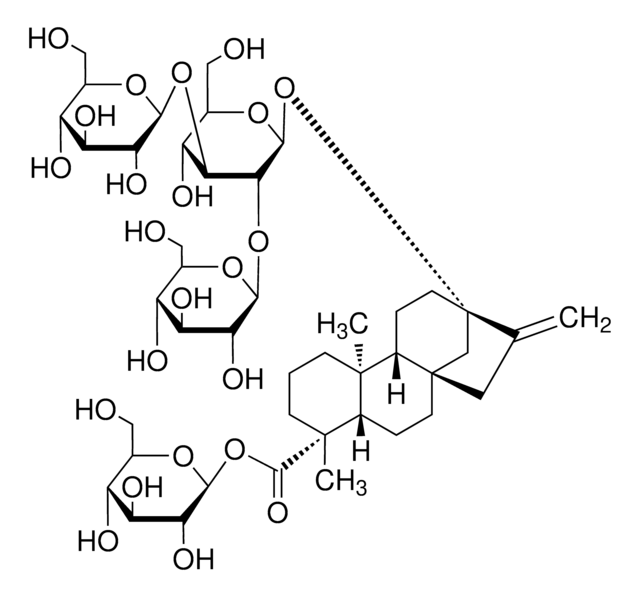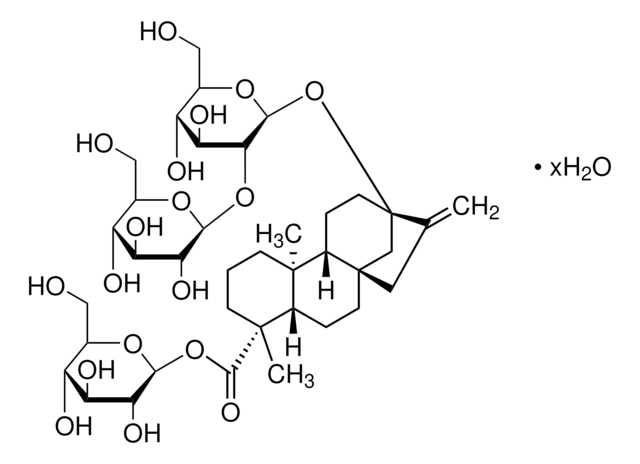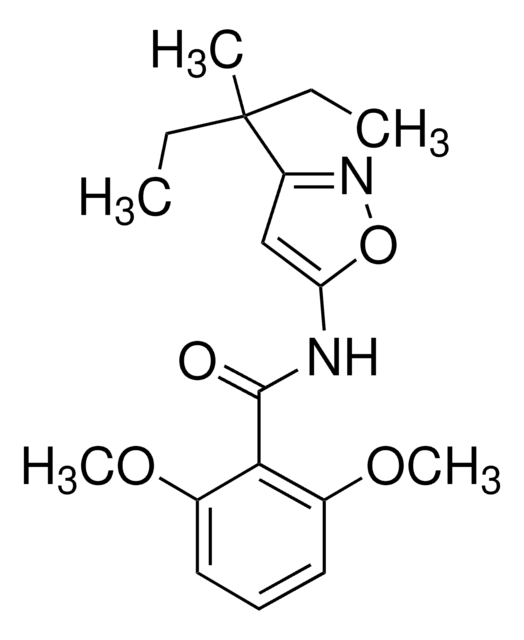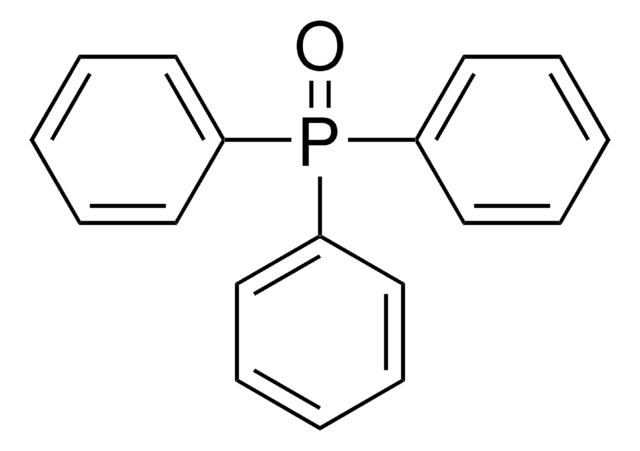01640
Acridine
BioReagent, suitable for fluorescence, ≥97.0% (HPLC)
About This Item
Produits recommandés
Gamme de produits
BioReagent
Niveau de qualité
Essai
≥97.0% (HPLC)
pb
346 °C (lit.)
Pf
106-111 °C
107-110 °C (lit.)
Solubilité
ethanol: 0.5 g/10 mL, clear (hot)
carbon disulfide: soluble
diethyl ether: soluble
ethanol: soluble
hydrocarbons: soluble
Fluorescence
λex 360 nm; λem 417 nm in ethanol
Adéquation
suitable for fluorescence
Chaîne SMILES
c1ccc2nc3ccccc3cc2c1
c1ccc2nc3ccccc3cc2c1
InChI
1S/C13H9N/c1-3-7-12-10(5-1)9-11-6-2-4-8-13(11)14-12/h1-9H
Clé InChI
DZBUGLKDJFMEHC-UHFFFAOYSA-N
Vous recherchez des produits similaires ? Visite Guide de comparaison des produits
Application
Remarque sur l'analyse
Mention d'avertissement
Warning
Mentions de danger
Conseils de prudence
Classification des risques
Acute Tox. 4 Oral - Aquatic Acute 1 - Aquatic Chronic 1 - Eye Irrit. 2 - Skin Irrit. 2 - STOT SE 3
Organes cibles
Respiratory system
Code de la classe de stockage
6.1C - Combustible acute toxic Cat.3 / toxic compounds or compounds which causing chronic effects
Classe de danger pour l'eau (WGK)
WGK 3
Point d'éclair (°F)
Not applicable
Point d'éclair (°C)
Not applicable
Équipement de protection individuelle
dust mask type N95 (US), Eyeshields, Gloves
Faites votre choix parmi les versions les plus récentes :
Déjà en possession de ce produit ?
Retrouvez la documentation relative aux produits que vous avez récemment achetés dans la Bibliothèque de documents.
Les clients ont également consulté
Notre équipe de scientifiques dispose d'une expérience dans tous les secteurs de la recherche, notamment en sciences de la vie, science des matériaux, synthèse chimique, chromatographie, analyse et dans de nombreux autres domaines..
Contacter notre Service technique